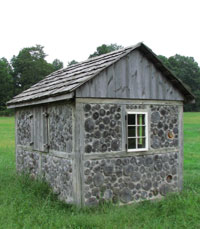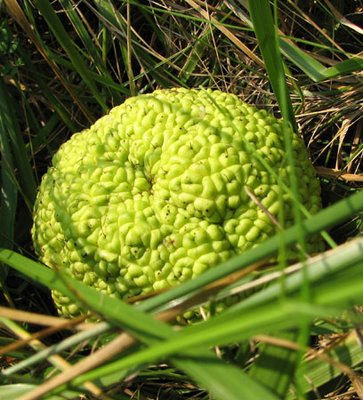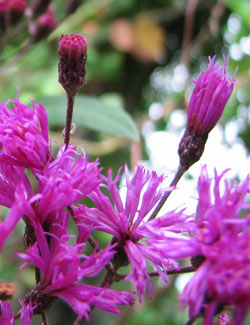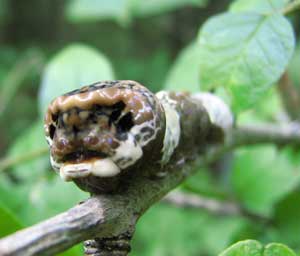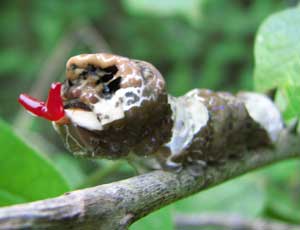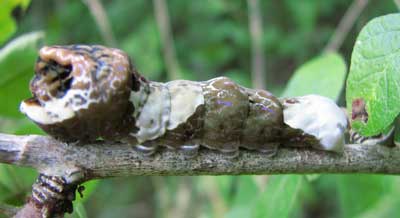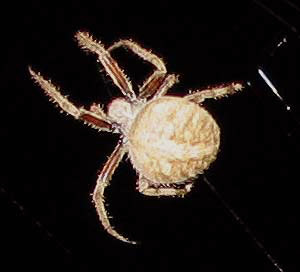Zoom, Zoom!
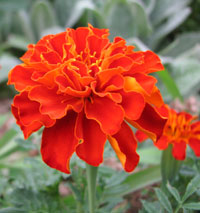 Sometimes when I shoot photos of small objects I can see detail on my computer that’s difficult to see on a Web page. Here are a couple of examples.
Sometimes when I shoot photos of small objects I can see detail on my computer that’s difficult to see on a Web page. Here are a couple of examples.French marigolds: These flowers were first cultivated in France but the species is not native to the country. They are of the genus Tagetes – which includes about sixty species of the daisy family (Asteraceae). For a zoomed look, click on the image.
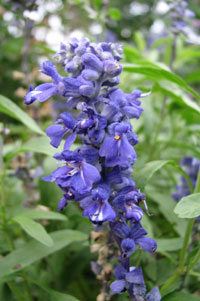 Blue Salvia also Blue Sage (Salvia azurea)
Blue Salvia also Blue Sage (Salvia azurea)Salvia is a genus in the mint family (Lamiaceae) - which includes shrubs, herbaceous perennials, and annuals. This particular flower is about the size of your index finger – almost three inches tall an half an inch at it’s widest. This Blue Salvia has a secret of a type that I've found on several plant photos. Look at this image closely and then click it to see the flower's secret.

